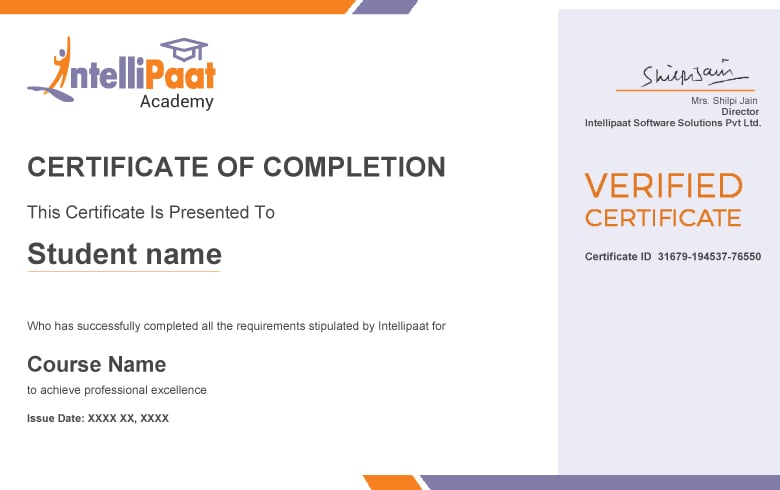What is a database, types of databases, databases on AWS, introduction to Amazon RDS, multi-AZ deployments, features of RDS, read replicas in RDS, reserved DB instances, RDS pricing and design patterns, Introduction to Amazon Aurora, benefits of Aurora, Aurora pricing and design patterns, Introduction to DynamoDB, components of DynamoDB, DynamoDB pricing and design patterns, what is Amazon Redshift, advantages of Redshift, what is ElastiCache, why ElastiCache.
Hands-on Exercise – Launching a MySQL RDS instance, modifying an RDS instance, connecting to the DB instance from your machine, creating a multi-az deployment, create an Aurora DB cluster, creating an Aurora replica, creating a DynamoDB table.









